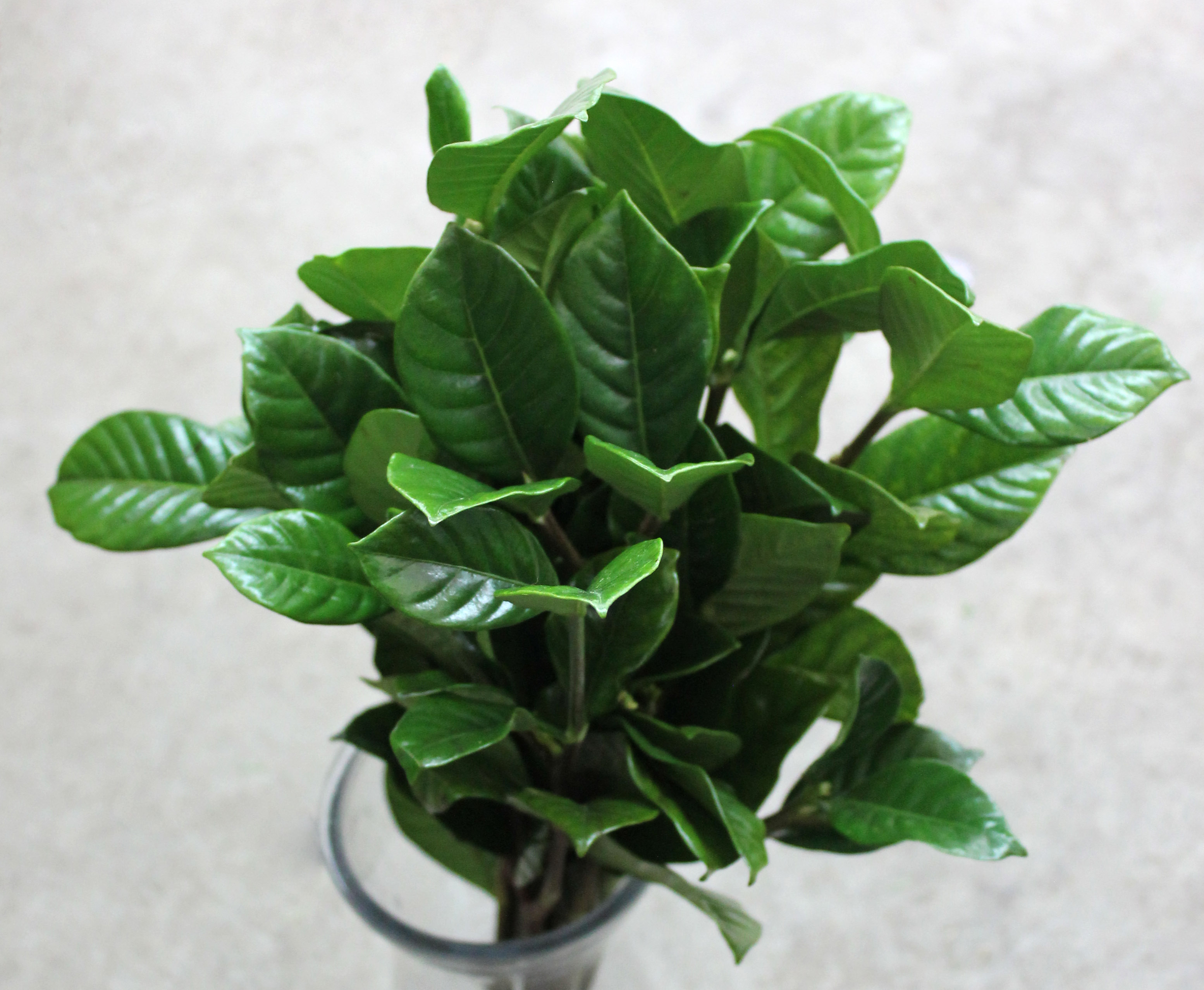
Gardenia Foliage Stevens and Son Wholesale Florist
Black tips occur on gardenia leaves when the weather is too cold or if there is a sudden drop in temperature. Pinch or cut off the black tips and bring your plant inside. Water. Gardenias need well-draining soil that's consistently moist but not saturated. They need more water while blooming and slightly less during the winter when they're dormant.

How To Repot Succulents Reddit unugtp
The correct temperature is extremely important if you want the plant to flower indoors. The besttemperatures for a gardenia plant is 65°-70°F (18.3°-21.2°C) during the day and 55°-65°F (12.8°-18.3°C) at night ( (10° cooler). Cool night temperatures are essential for the buds to set. Gardenia buds drop off if temperatures go above 70°F.

Why Are My Gardenia's Leaves Turning Black? Gardenia, Gardenia bush, Leaves
Check for active insect infestation. Spray water on the gardenias. Prune infested sections. Encourage natural predators. Wipe off sooty mold. Before choosing a treatment for black mold fungus on a gardenia ( Gardenia jasminoides , USDA plant hardiness zones 7-11), it's important to understand the cause of the black leaves, which is sooty mold.
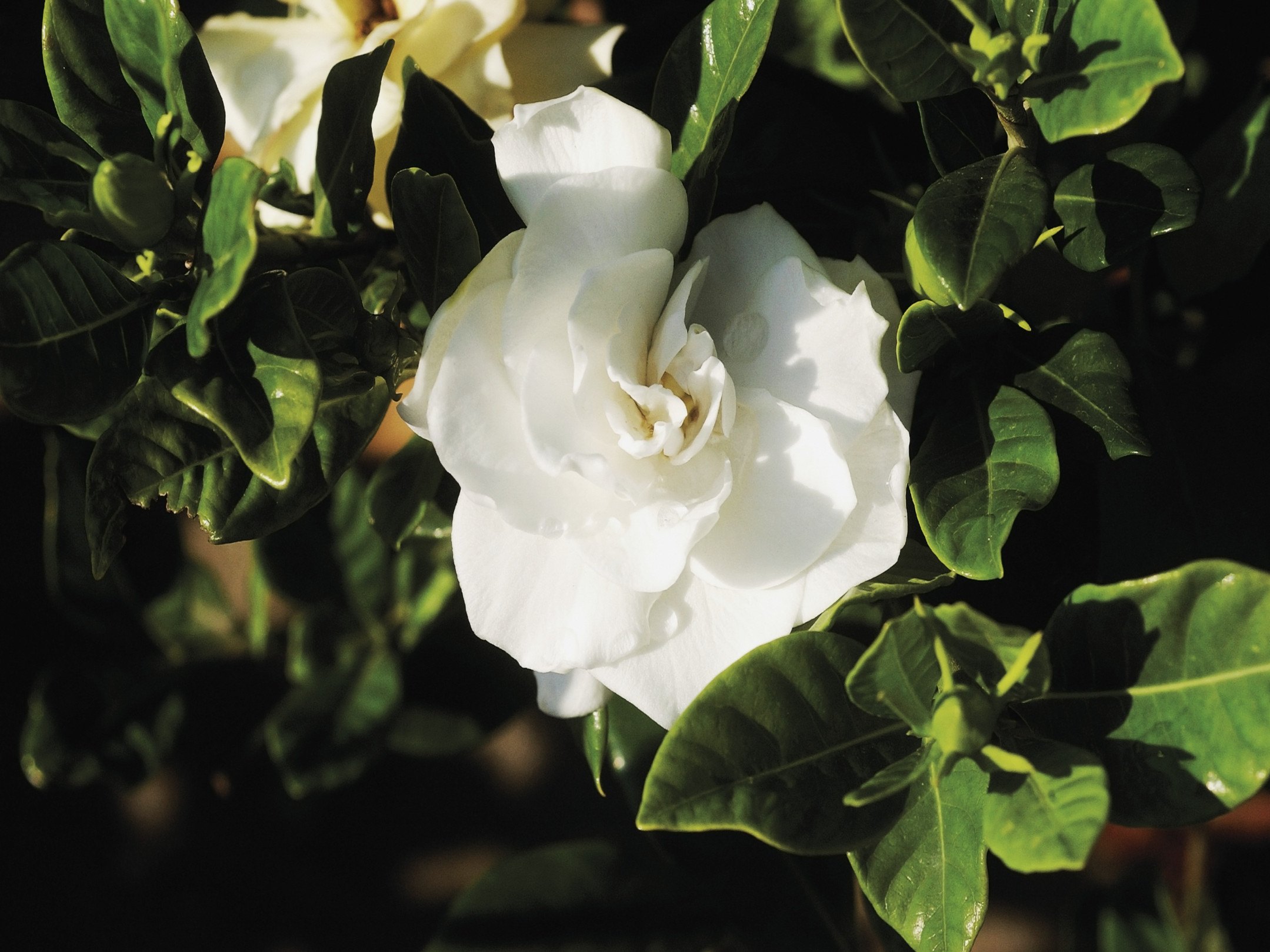
My Gardenia Buds Are Turning Black eHow
One of the worst gardenia diseases is sooty mold. Sooty mold is a foliage disease that turns the leaves of the gardenia black. It doesn't injure the plant, but it does prevent sunlight from getting to the plant via the leaves, so the plant doesn't perform as much photosynthesis. This is bad for the plant and can inhibit growth.

Gardenia Leaves Turning Black Burke's Backyard
Powdery mildew causes a distinct white, fuzzy or powdery coating on leaves and deformation of new growth. Neem oil is very effective control, but you should also consider thinning the inside of your gardenia to allow for better air circulation. If your gardenia is potted or indoors, move it away from structures and other plants. Powdery mildew.
Gardenia leaf infection 563023 Ask Extension
The answer, of course, is to ask Grumpy, your font of gardening wisdom. The black stuff on the leaves is a fungus called sooty mold. It doesn't attack plants directly. Instead, it grows on the sticky honeydew secreted by sucking insects feeding on the plant. So inspect the foliage carefully, both top and bottom surfaces.

Gardenia in Black Pot Fragrant Outdoor Pot Plant plantandpot.nz
To fix black leaves on a plant you need to do the following steps: Water the plant only when the soil is at least 2 inches dry. Avoid over-fertilizing the plant. Most plants do not need to be fertilized more than twice a year. Provide good air exchange around the plant. If black spots appear on the leaves, spray them with a multi-purpose fungicide.
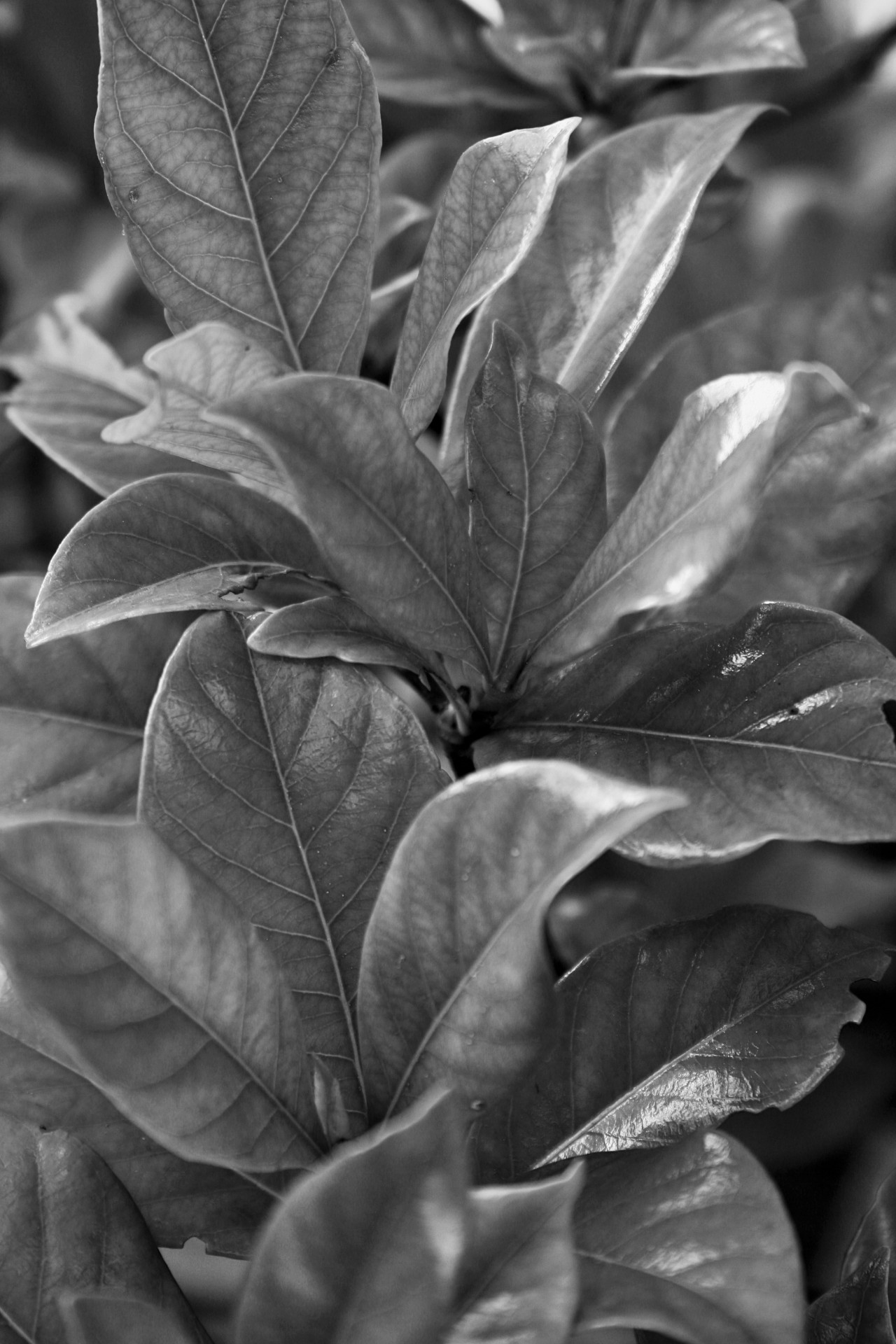
Leaves Of Gardenia Free Stock Photo Public Domain Pictures
Q: Why are my gardenia's leaves turning black? A: Your gardenias are probably under siege by sucking insects such as aphids or whiteflies. These bugs secrete a sticky honeydew as they feed. Black, sooty mold then grows on the honeydew. Get rid of the bugs and the mold will go too.

Black Mould and Scale on Gardenias Gardenia, Easy to grow bulbs, Carlsbad flower fields
The simplest explanation for the fact that gardenia leaves turn black, is in the wrong watering. Either soil is too dry, or it was too wet for a long time, which may result in gardenia leaves turning black and falling off. Reread the rules of caring for the flower to understand why your gardenia blackens, eliminate deficiencies, create the most.

How to Get Rid of Black Sooty Mold on Gardenia Leaves gardenia mold sootymold blacksootymold
Yellow Leaves With Green Veins . If your gardenia has yellow leaves with green veins it is due to a condition called chlorosis brought on by a lack of iron in the soil. Acid soils have plenty of available iron. Alkaline soils do not. Apply garden sulfur to the soil to acidify it or feed with an acid-forming fertilizer like Espoma Holly-tone.

Gardenias Look Terrible And Buds Are Turning Black The Dirt Gardener
Sooty mold is a type of fungal disease that appears on the leaves and stems of plants as a black, powdery coating. It does not directly harm the plant, but it can block sunlight and reduce the plant's ability to photosynthesize.. Becoming a contributing member of Gardenia is easy and can be done in just a few minutes. If you provide us.
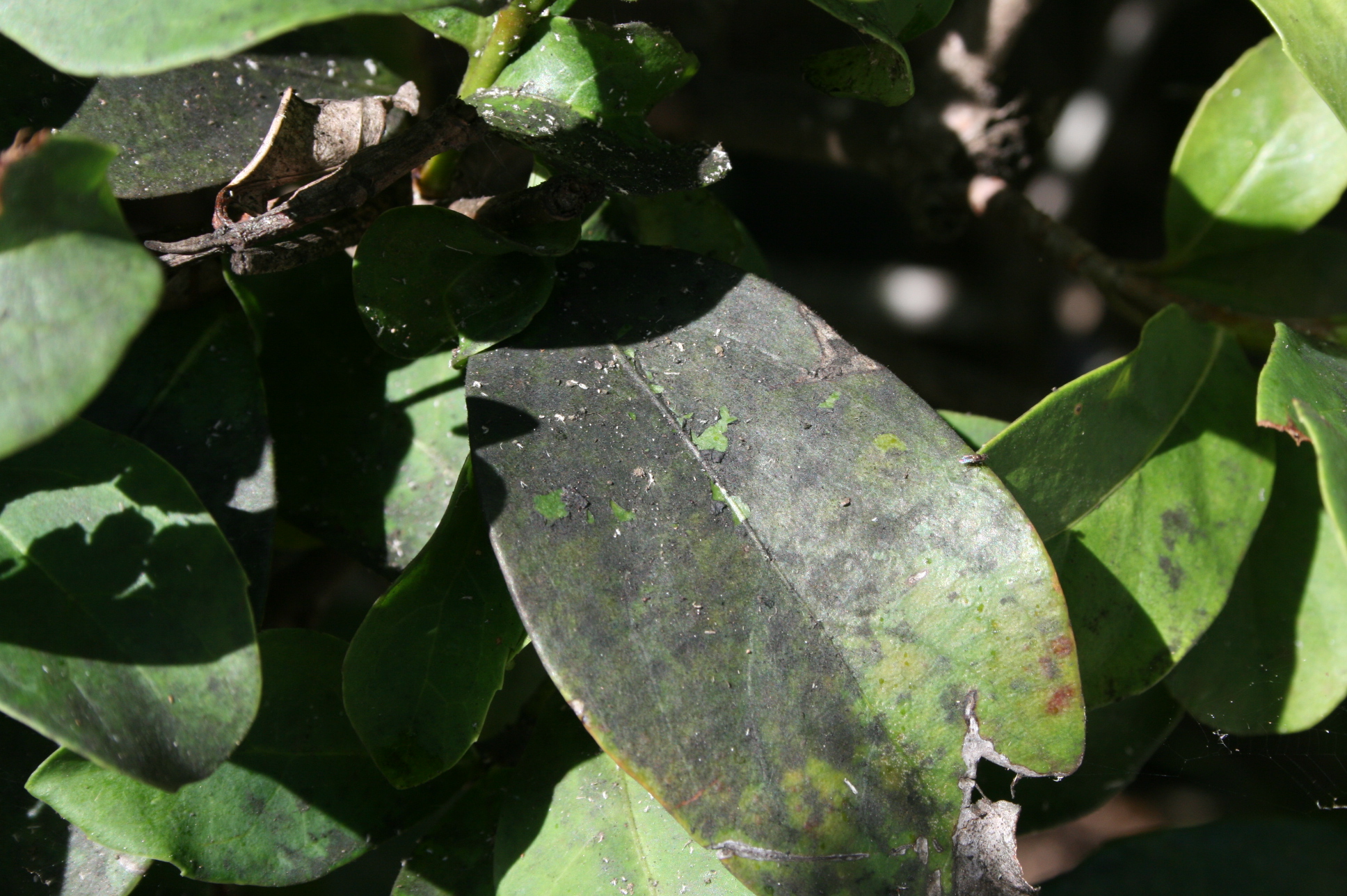
gardenia
Distorted Growth: In severe cases or when young leaves get affected, there might be distortion, curling, or twisting of leaves. Black streaks or Vein Delimitation: Particularly in bacterial leaf spot diseases,. Becoming a contributing member of Gardenia is easy and can be done in just a few minutes. If you provide us with your name, email.
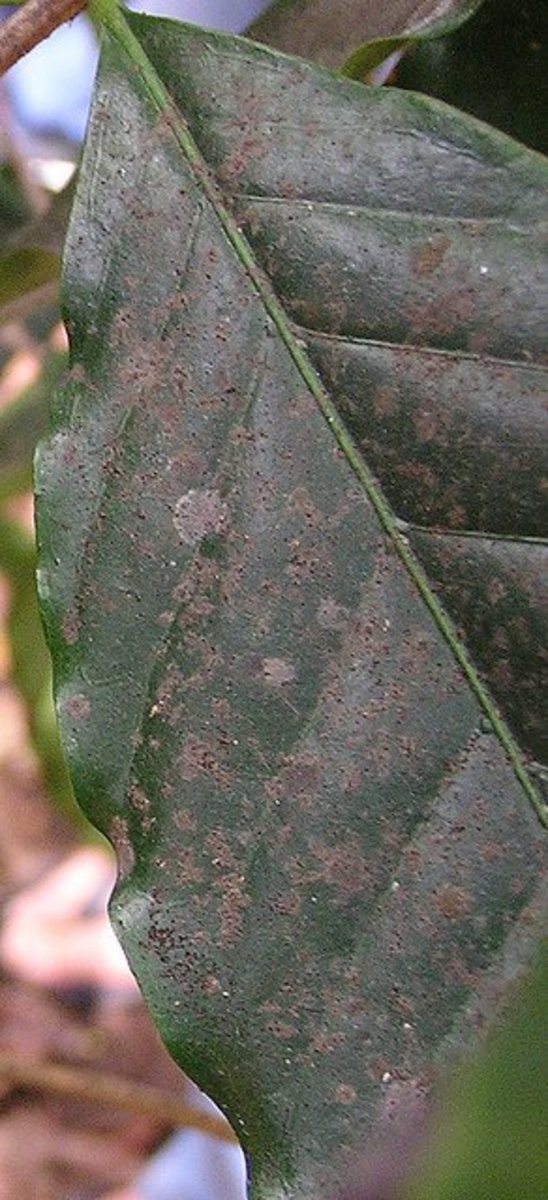
How to Control and Remove Sooty Mold (With Photos) Dengarden
Gardenias (Gardenia jasminoides), also referred to as cape jasmines, provide the home garden with deep green, glossy foliage and white flowers with a reputation for their pleasing scent. Although these evergreen shrubs provide unwavering year-round interest, a sudden development of black spots can put a damper on their cosmetic allure.

Gardenia jasminoides 'Chuck Hayes' Xera Plants
Grumpy has come to the rescue. Your gardenias are probably under siege by sucking insects, such as aphids or whiteflies. These bugs secrete a sticky honeydew as they feed. Black, sooty mold then grows on the honeydew. Get rid of the bugs and the mold will go too. To do this, spray your gardenias according to label directions with horticultural.
Why Are My Gardenia Leaves Turning Black
Sooty mold - This is a highly visible black fungal infection that covers the leaves. It is usually caused when fungi grow on the honeydew that a number of pests secrete on the leaves after feeding.. Gardenia leaves curling is a sign that the leaves are either not getting enough water or are losing water too quickly. Underwatering is a.

What Can I Do About Black Leaves on My Gardenia Bush? Better Homes & Gardens
The old leaves will likely drop off to make way for new leaves. That said, one of the most common causes of yellowing leaves on gardenias is an iron deficiency caused by alkaline soil. A lack of iron slows the production of chlorophyll (which gives the gardenia leaves their emerald-green color) and gardenias are fussy, acid-loving plants that.